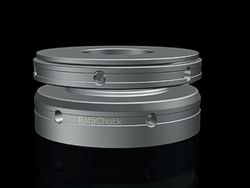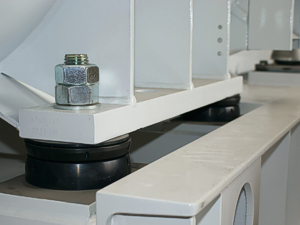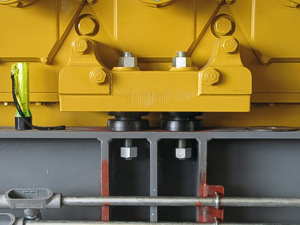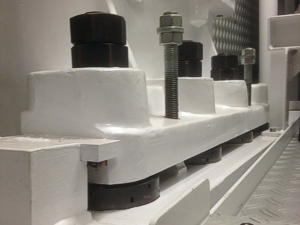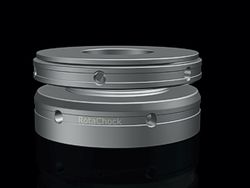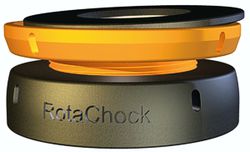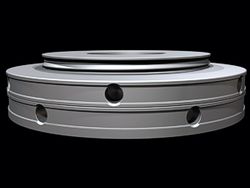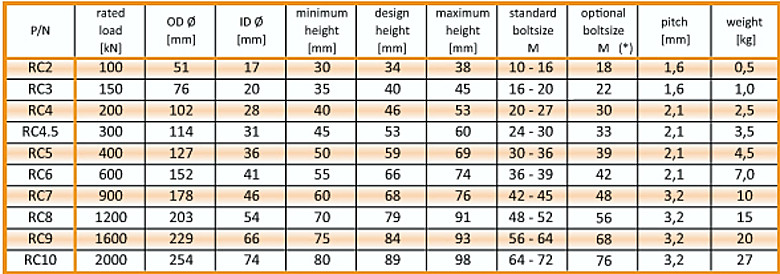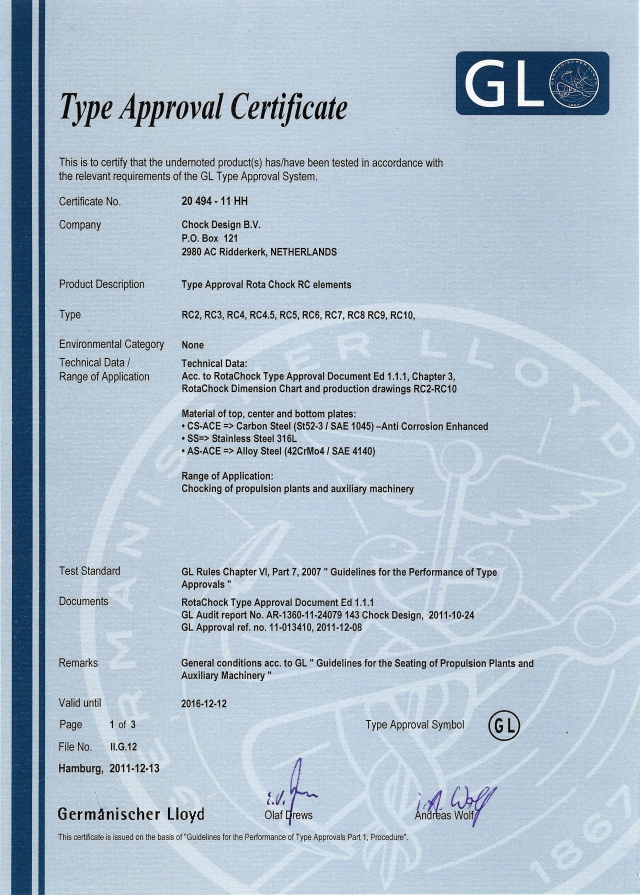What is Chocking?
A Chock is the interface between a machine and its structure. All equipment and especially rotating machinery are required by the manufacturer to be affixed to a structural base. All machinery manufacturers create a mounting plane in their production facilities. The fabricators of skids, concrete masses and shipboard foundations create supporting systems that are required to be structurally robust and support the machinery for operations and environmental forces. The interface between the machine and its structure can be accomplished by several different processes and products.
For years the only process available to the industry was to mill foundations and uniquely fitted steel blocks. A great technical solution but the process is costly and unique for every installation and every realignment event. A system that cannot be reproduced is no longer acceptable to owner/operators unless they have the budget for a large amount of maintenance. Milled foundations and blocks included the acceptance of shims to accommodate the point-to-point inconsistencies that inherent to the process.
Later, the poured chock technology evolved to become a significant alternative to the milled foundation process. The cost for machinery mounting was significantly reduced as the once -to -use poured chock systems advanced. Today grouts and epoxy resins are the leading technology for most land based systems and commercial marine based systems. The perfect poured chock required some training, an extensive amount of set-up and curing times and acceptance that the chocking system will need to be replaced periodically during the life cycle of the machine. As machinery efficiencies have increased and the industry requires to have less unplanned maintenance there is a need to examine the possibility of making chocking solutions that do not require foundation milling, time consuming poured chocks that may or may not be adequately blended and systems that need to be reusable.
The next evolution was the mechanically adjustable chocks. There are several different types and definitions for mechanically adjustable chocks. Opposed wedge, interlocking/combined epoxy resin techniques and screw thread are the most prevalent. In certain applications they each provide an adequate solution.
Our goal at RotaChock is to use our experience and capabilities to support our customers with the configuration that is best for your application. We are your stakeholders for the production line as well for the life cycle of the machinery.
Our goal is to create a coplanar surface for the machine that exceeds the requirements of the equipment manufacturer for soft foot tolerances with economical solutions from the production line of packagers to owner/operator of the machine.
Our evaluation of your chocking system needs begins with the criteria for the machine. Generally, our machine assessments use the manufacturer’s data for the static and dynamic forces from the machine and the configuration of the mounting surface.
Our examination includes the surface requirements and configurations. Some acceptable machine configurations have bolt patterns that do not accommodate mechanical chocks. While others are creating marginal bolting systems for grouts and epoxy resins, we recommend options. We offer products. We can assist with the chocking service.



